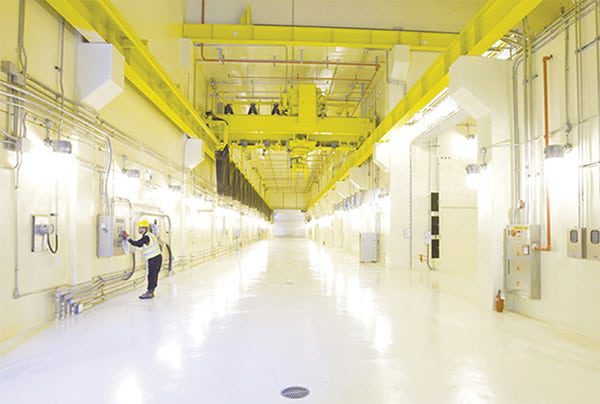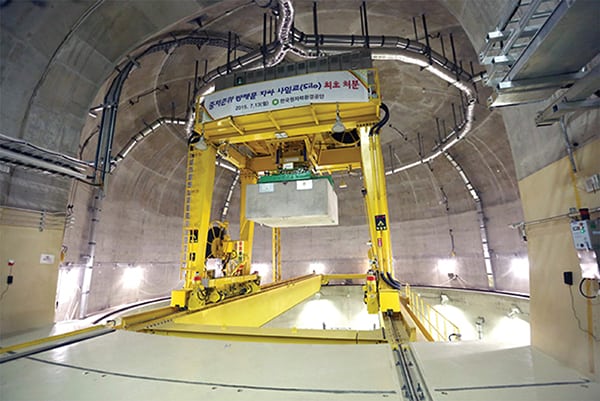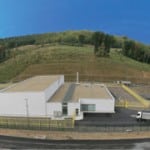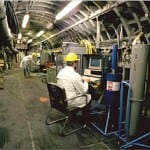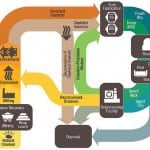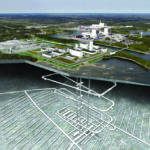The Korea Radioactive Waste Agency (KORAD) on July 13 disposed its first waste in a newly completed low- and intermediate-level nuclear waste disposal facility underground at Gyeongju in North Gyeongsang province.
The first of its kind in Asia, the first phase of the $1.56 billion disposal facility that is located about 80 to 130 meters below sea level was completed in June 2014 after eight years of construction. It involved building six underground silos, a construction tunnel, an operation tunnel, an entrance shaft, and surface facilities (Figure 1). The second phase, to be completed by 2019, will be a near-surface repository that will store 125,000 drums. The entire facility will be able to store 800,000 drums over the next 60 years before it is completely sealed off, KORAD said.
The nation’s 23 nuclear reactors (not counting the newly operational Shin Wolsong Unit 2) generate about one-third of the power needs of Asia’s fourth-largest economy and produce 2,300 barrels of low- and intermediate-level radioactive waste each year.
KORAD noted that completion of the facility has technically taken 31 years: It was conceived in 1983, five years after South Korea’s first nuclear power plant went into operation (Korea Hydro and Nuclear Power Co. in June announced it would shutter the 1978-built Kori 1 reactor in 2017 amid concerns about the safety of the country’s aging facilities). Site selection officially began in 1986, and in 2005, officials picked Gyeongju as a final disposal site following a referendum in which 89.5% of Gyeongju’s citizens approved the measure.
“At least three Cabinet ministers had to leave their posts embroiled in social controversy over selecting the site,” KORAD said, describing the process to reach social consensus as “long and tumultuous.”
While several plans are under consideration, no country has yet completed an underground permanent waste repository for nuclear waste owing to its complexity. As in the U.S., South Korean nuclear operators have underscored the urgent need for an intermediate facility that will store spent nuclear fuel over the next three to four decades.
In South Korea, spent fuel pools at nuclear plants will begin reaching saturation in 2016 and will no longer be able to receive any more fuel rods by 2024. The administration of Park Geun-hye, the country’s 11th and current president, has prioritized the issue, launching a government-civilian committee to get public comment and pin down consensus on the size, location, and required technology of an interim disposal facility.
It marks a bold shift in government policy towards a consent-based process, some industry observers point out. But talks haven’t been going so well, note others, owing to bickering about how many members on the committee are from industry versus those from public interest groups.
That’s why completion of the low- and intermediate-level waste disposal facility is a critical achievement for the nation. KORAD celebrated a milestone in July, when it put 16 drums in a concrete disposal container and transported it into one of the facility’s six silos using a polar crane that is installed underground (Figure 2). Each silo has a diameter of about 24 meters. Moving the container from the above-ground receipt and storage building to the silo is a three-hour process.
Currently, the storage building holds 5,032 drums (2,536 drums from Wolsung nuclear plant, 1,000 from Wooljin nuclear plant, and 1,496 from contaminated paved road in Seoul). In August, the facility will receive 4,233 drums from other nuclear plants, industries, and hospitals.
—Sonal Patel, associate editor


